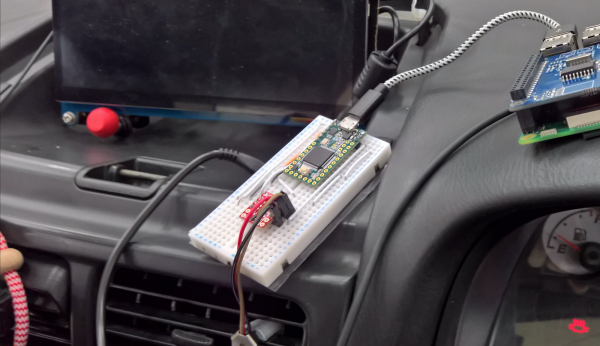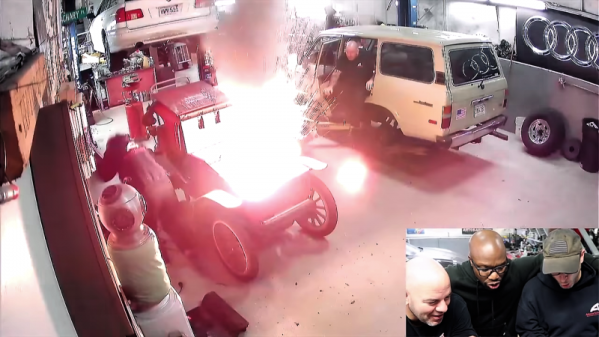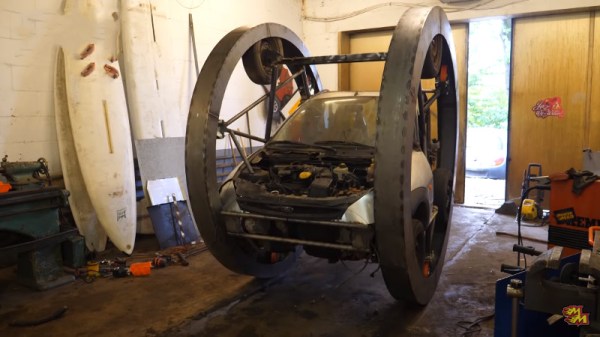Anyone who has an interest and/or career in manufacturing would have heard of Kaizen, generally a concept to continuously improve your process everywhere. Under that huge umbrella is Karakuri Kaizen, encouraging workers on the factory floor to adopt a hacker mentality and improve their own work stations. It is right up our alley, manufacturer or not, making this overview by Automotive News an entertaining read.
Karakuri could be translated as “mechanism”, but implies something novel in the vein of English words gadgets, gizmos, or dare we say it: hacks. Karakuri has a history dating back to centuries-old wind-up automatons all the way to modern Rube Goldberg contraptions. When applied to modern manufacturing (as part of factory training) it encourages everyone to devise simple improvements. Each might only shave seconds off assembly time, but savings add up in due time.
Modern global manufacturing is very competitive and survival requires producing more efficiently than your competitors. While spotlights of attention may be focused on technology, automation, and construction of “alien dreadnoughts”, that focus risks neglecting gains found at a smaller and simpler scale. Kaizen means always searching for improvements, and the answer is not always more technology.
Several points in these articles asserted purely mechanical karakuri are far less expensive than automated solutions, by comparing price tags which are obviously for industrial automation equipment. We’d be curious to see if our favorite low cost tools — AVR, PIC, ESP32, and friends — would make future inroads in this area. We’ve certainly seen hacks for production at a much smaller scale.
Embedded below the break is a short video from Toyota showing off a few karakuri on their factory floor.
Continue reading “Karakuri Kaizen: Hacks For The Factory Floor” →

















